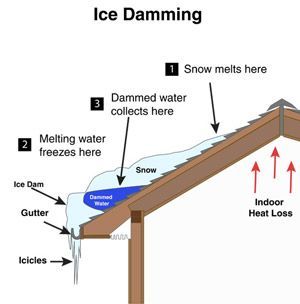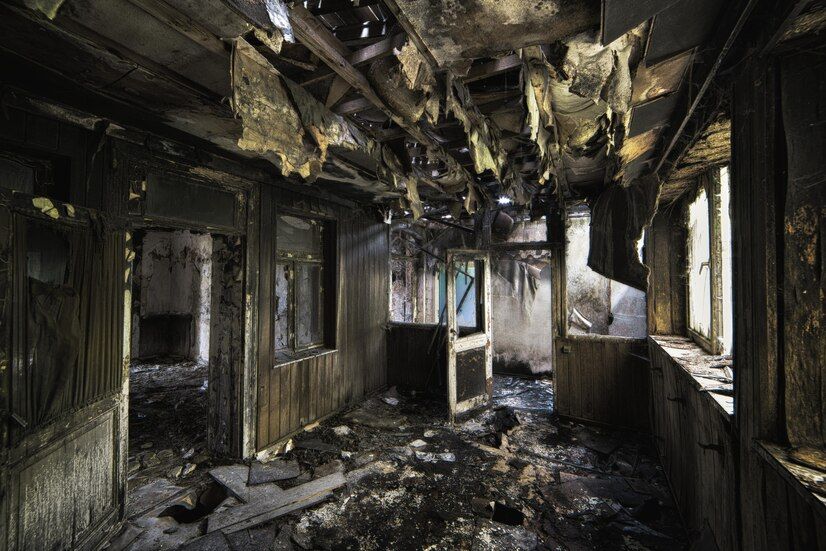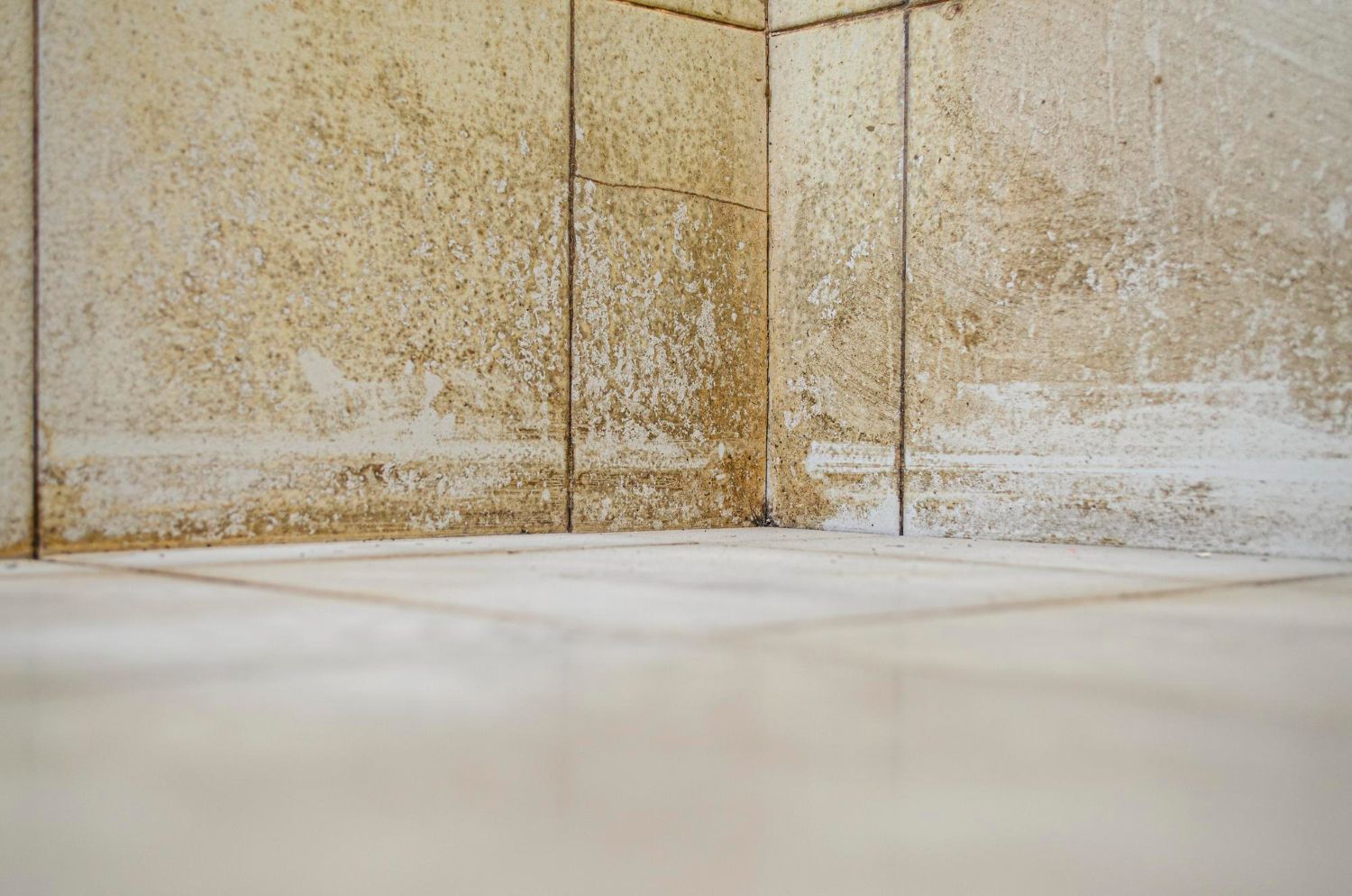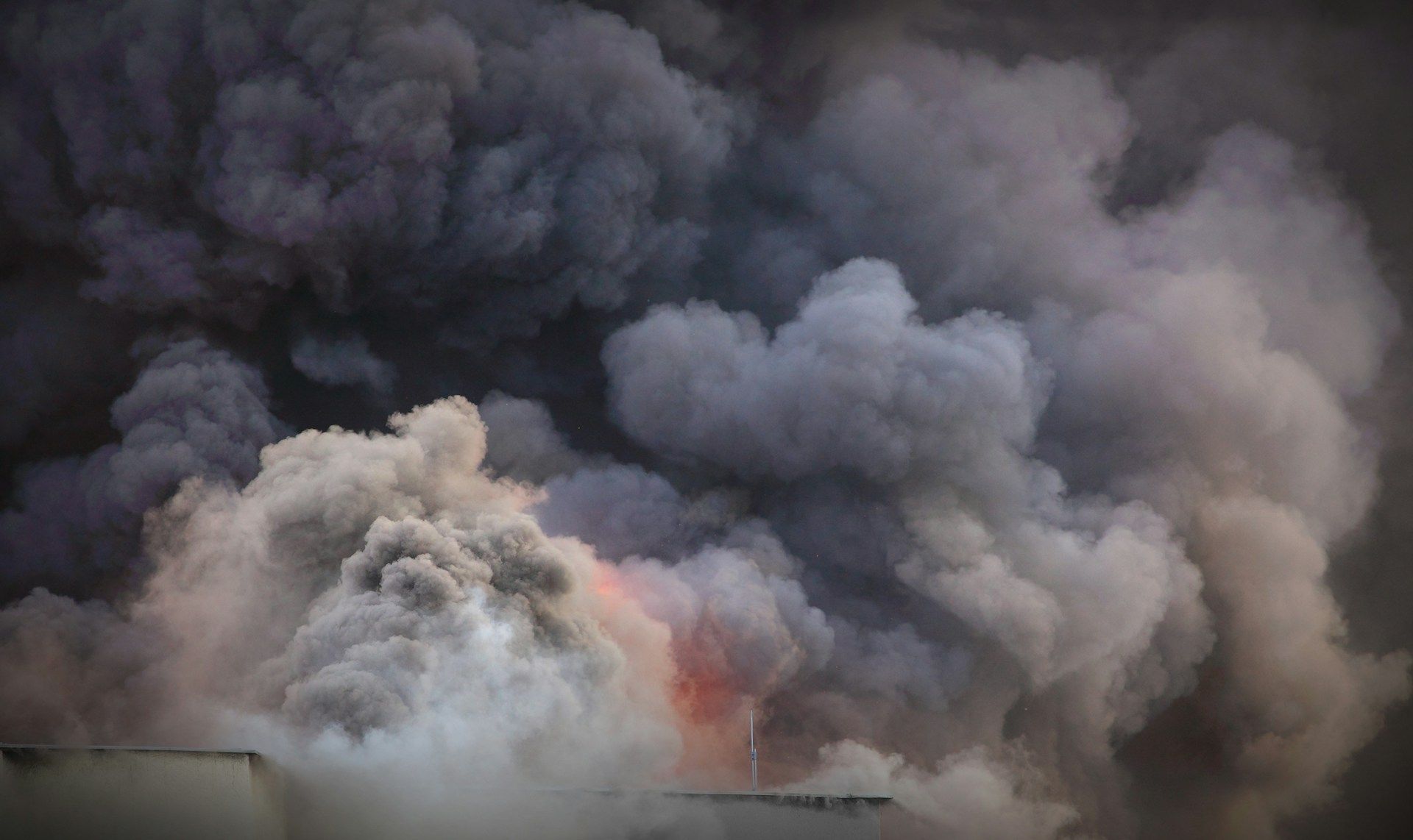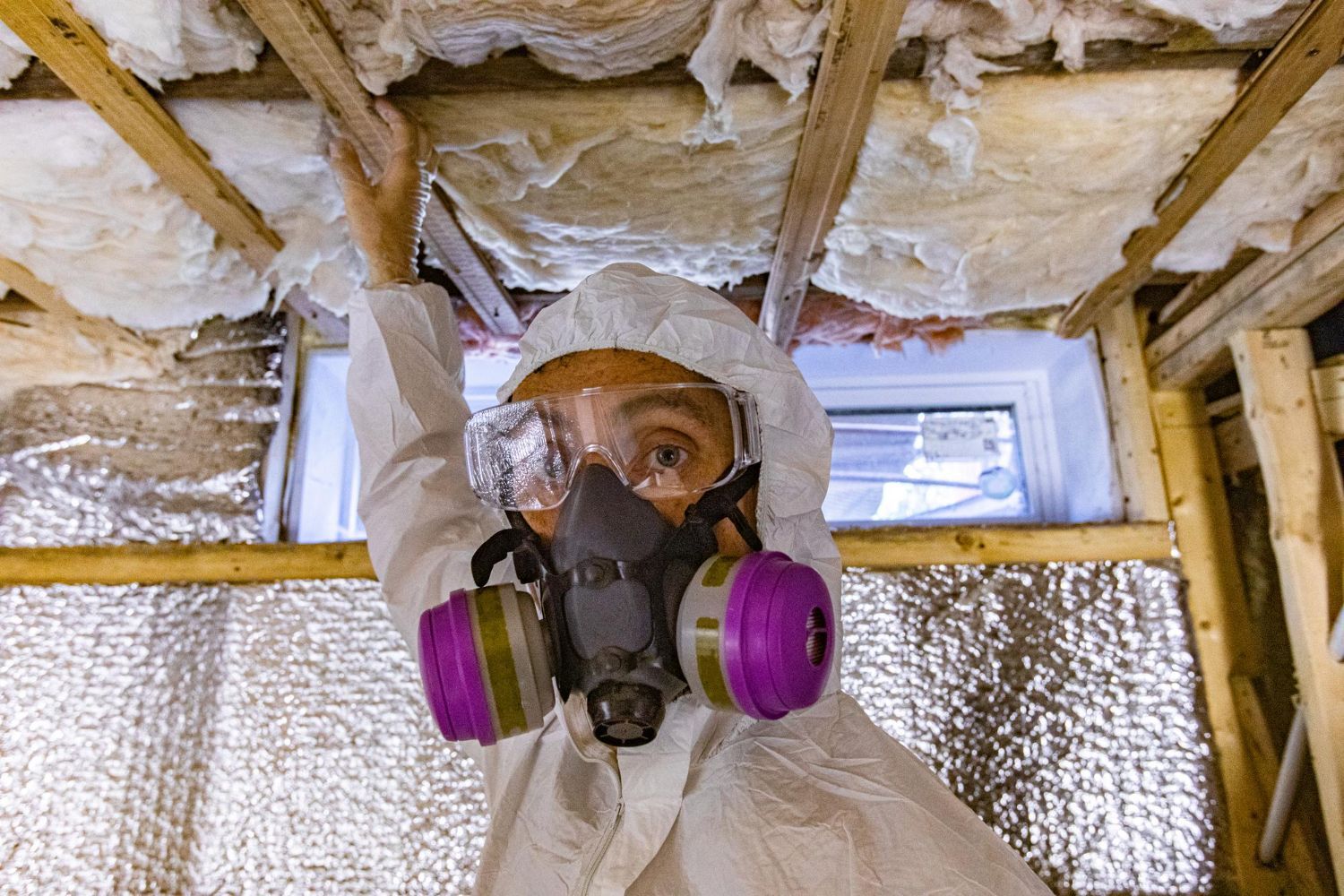What Are Ice Dams and How Can I Prevent Them?
Taylor Faulkner • December 27, 2024

Winter weather can bring all sorts of fun, from snowball fights to sledding to snowmen. Unfortunately, it can also bring unusual circumstances that can contribute to water damage. Ice damming is one of the more common forms of roof damage your house could sustain during the winter weather, and depending on the construction of a home, could lead to water intrusions in some very unsavory places. First and foremost, it is important to understand what ice damming is and how it could impact your home. We will also explain steps you can take to prevent ice dams, and what you can do if you have been the unfortunate victim of water damage due to ice damming. By understanding how ice dams form and how they can affect your home, you can better understand what you’re up against, and how to make sure you don’t have the same problem next winter.
How do ice dams form?
Ice dams are formed when melted snow flows down to the edge of the roof and refreezes, forming an ice barrier that prevents meltwater from flowing into your gutters, instead trapping it on your roof. This occurs when several separate factors occur at the same time. The first ingredient in an ice dam is snowfall. Ice dams form when a significant amount of snow has accumulated on the roof. The next factor is heat escape. Heat from the home can escape through the roof, especially if the attic is not properly insulated or ventilated. This escaping heat melts the inner layers of snow closest to the roof, while the outer layers of snow act as an insulator, trapping the heat. This causes the inner layers of snow to melt and flow down to the edge of the roof. Here is where the third factor comes in: refreezing. Since most homes have a soffit at the edge of the roof, the heat that caused the snow to melt does not reach all the way to the edge, meaning the edges of the roof are colder. This colder part of the roof causes the melted snow to refreeze into ice once it reaches the edge. As this cycle of melting, flowing to the edge of the roof, and refreezing repeats itself, the edges of the roof begin to accumulate a barrier of ice, and as more meltwater flows down the roof, it becomes trapped behind this ice barrier, leading to the name “ice dam”. The frozen barrier of ice at the edge of the roof traps meltwater, and in turn, leads to a backup of water. This water, with nowhere else to go, can then seep under roof shingles and through underlayment, causing a water intrusion into your attic, or even worse, in the wall cavities. Intruding water can lead to water damage, and if left untreated, to mold.
How can ice dams be prevented?
Despite the potential for water damage, there are steps you can take to prevent ice dams from forming in the first place. These solutions include ensuring your attic is properly insulated. This can prevent heat escape, which stops the snowfall on the roof from melting in the first place. Other steps that can be taken are ensuring the attic is sufficiently ventilated. Proper air flow will help to keep the roofs’ temperature consistent and also assist in removing moisture. Making sure to have your roof inspected on a regular basis can help you to identify and address any signs of heat loss or ice damming before they cause serious damage. Finally, there is the option to install heated cables along the edge of the roof, which would prevent the ice from refreezing and forming a dam. These cables, though, should be taken with great deal of consideration, as they can have an impact on your electric bill, and can be costly to install. With proper roof maintenance, and perhaps removing snowfall from the roof, possibly by professionals, ice dams can be prevented, and you can rest easy under a dry roof.
What should I do if ice dams cause water damage to my house?
If you’ve become the unfortunate victim of water damage because of an ice dam, it is important to act quickly. Like any water damage, the longer it sits, the greater the potential for mold to form. There are steps you should take to make sure the damage is mitigated as quickly as possible.
Step 1: Take photos!
The first step is to take photos of any affected or damaged areas you can see. This is a very useful form of documentation for insurance purposes.
Step 2: Call the Pros!
The second step is to call a professional water damage mitigation and restoration company (like us here at Faulkner Restoration!) to stop the source of intruding water and extract any water or moisture from the affected areas. We can assess the scale of damage and inform you of its extent, which can help you determine whether to file an insurance claim. Our team of Pros have decades of experience working with insurance companies, and if you decide to file a claim, we can assist you with that process as well.
Ice dams can be scary, and they can wreak havoc on your home. However, through proper maintenance, they can be avoided. If you have the displeasure to experience ice damming, Pros like us here at Faulkner Restoration are dedicated to helping you navigate the situation and get your home back to its dry, cozy condition. If you’re experiencing water damage, call the experts at 317-782-9999.
Contact Faulkner Restoration Today!
Faulkner Restoration will do everything we can to ensure your experience with us is excellent.

